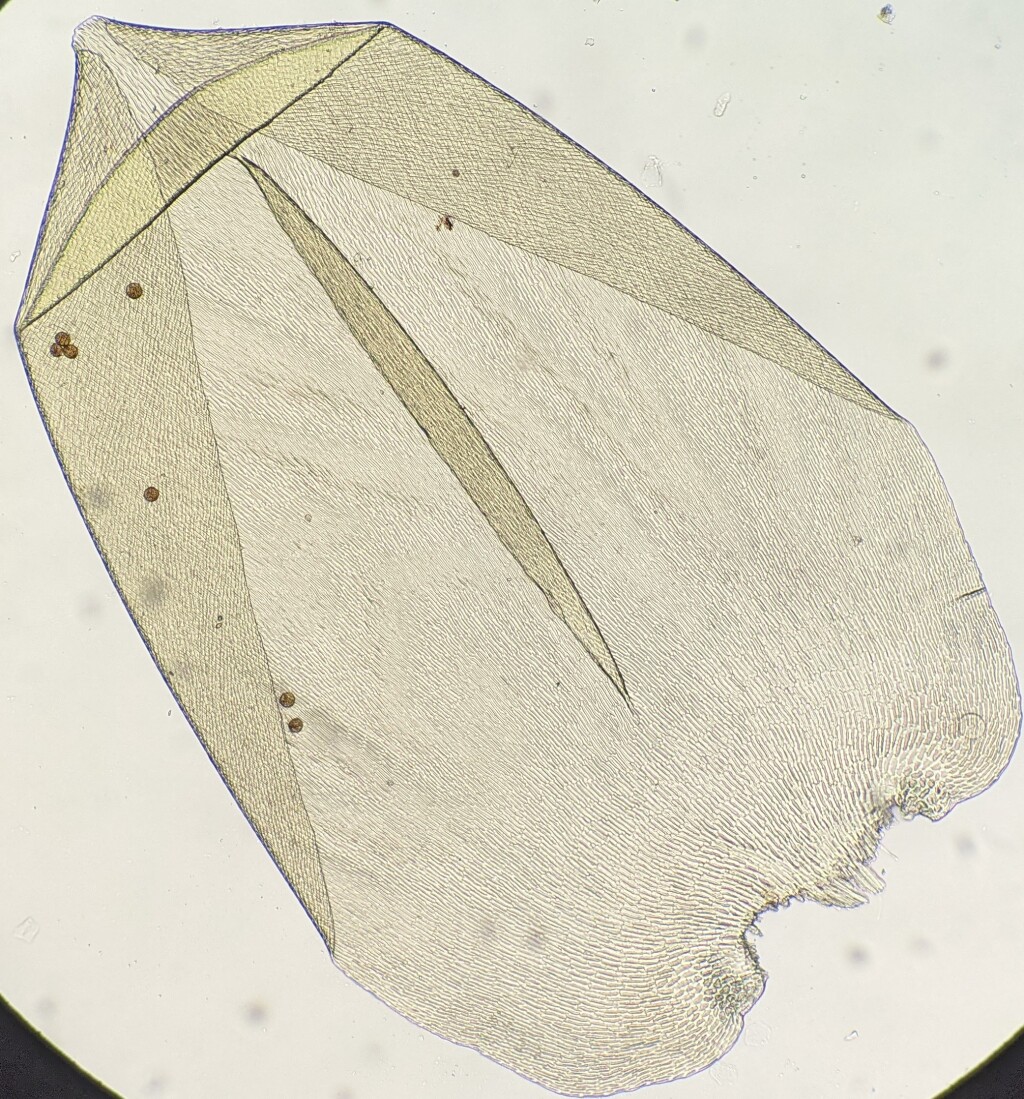Weymouthia
Dioicous. Asexual propagules absent. Wefts or pendents on trees, shrubs and logs. Stems differentiated into creeping primary stems and ascending or pendent secondary stems, with reddish-brown rhizoids in leaf axils where in contact with substrate; central strand indistinct, mostly absent in pendent stems and branches; pseudoparaphyllia foliose; secondary stems without differentiated stipe and frond sections, bipinnately branched; branches flexuose, sometimes flagellate. Stem leaves often longer than branch leaves, otherwise leaves uniform, oblong to orbicular, arranged around stem and facing all directions, imbricate, julaceous, appressed to wide-spreading when moist or dry, sometimes becoming wrinkled when dry, strongly concave; apex rounded to obtuse, cucullate, without a hairpoint; costa absent or double and extending to ¼ of leaf length; margin entire, or serrulate or crenulate near apex; laminal cells linear, shorter and isodiametric at apex, prorate; alar cells irregularly subquadrate, pigmented, forming distinct rounded patches. Capsules erect to horizontal, symmetric, ellipsoid or obloid. Calyptra cucullate, smooth, glabrous or with 2–3 hairs at base. Operculum conic or rostrate. Exostome teeth distinctly shouldered; endostome equal to exostome height, with a basal membrane to c. half exostome height; cilia present or absent.
Two species in Argentina, Chile, New Zealand and south-eastern Australia (Quandt et al. 2001); two species in Victoria.
 Spinning
SpinningQuandt, D.; Frahm, J.-P.; Frey, W. (2001). Patterns of molecular divergence within the palaeoaustral genus Weymouthia Broth. (Lembophyllaceae, Bryopsida). Journal of Bryology 23: 305–311.

